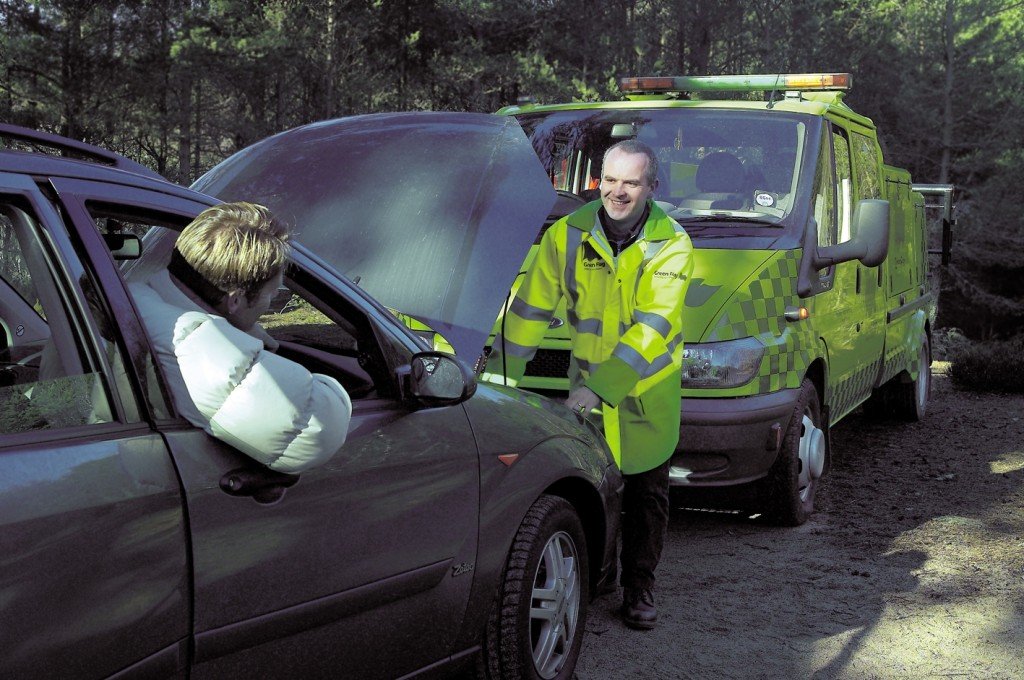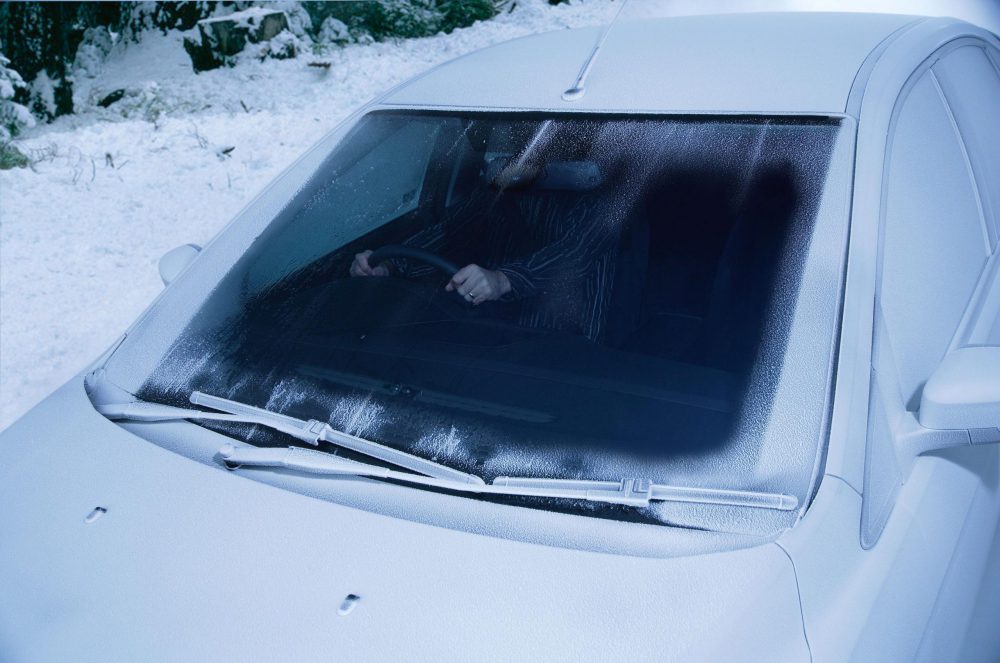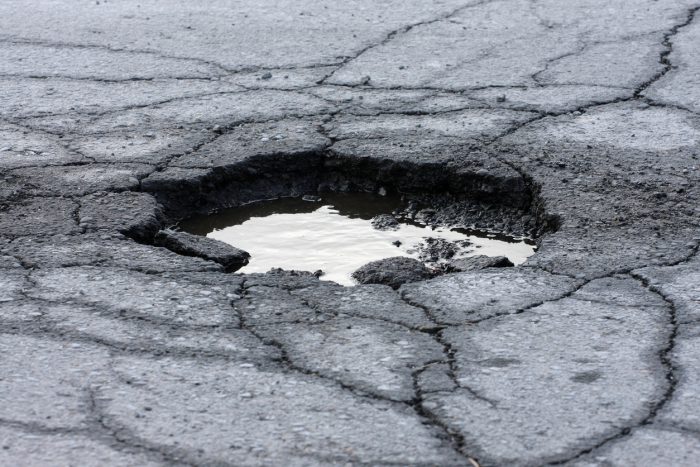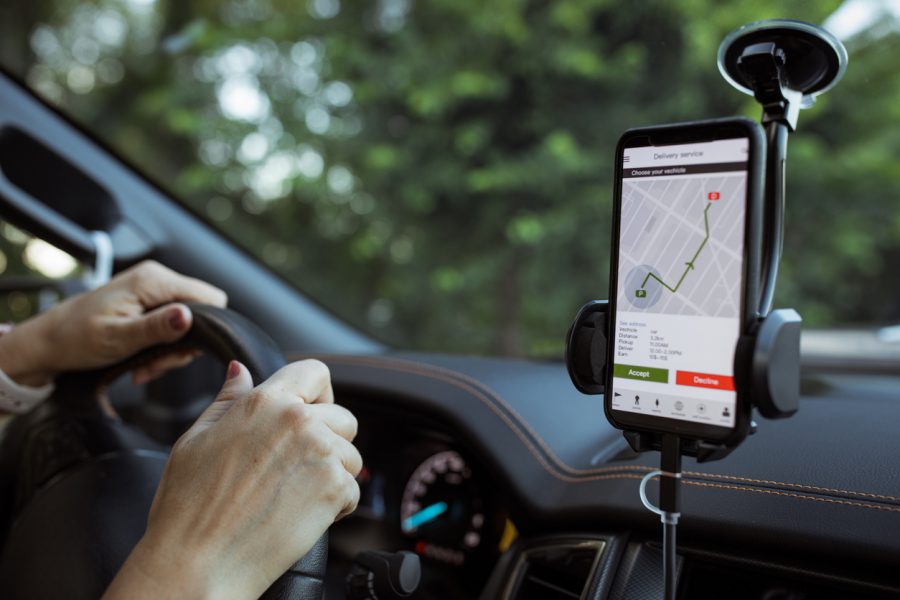
As motorists across the country are packing their suitcases, we’re predicting a seven per cent increase in breakdowns during summer. That means around 150,000 callouts for our mechanics to provide support over the summer.
Continue reading
As motorists across the country are packing their suitcases, we’re predicting a seven per cent increase in breakdowns during summer. That means around 150,000 callouts for our mechanics to provide support over the summer.
Continue reading
If you have a big road trip planned for summer, you’re probably focusing on planning routes and packing the essentials, but don’t forget your breakdown cover.
Continue reading
We’re quite often asked why all cars don’t have heated windscreens to prevent steaming up. Heated screens are a great innovation, clearing condensation inside swiftly while helping to melt ice outside on frosty mornings. But not all cars have them. Read on to find out why.

Rain and flooding might be in the news at the moment. But anyone buying a used motor over the next few months has got the prospect of purchasing flood damaged cars to be wary of.
Having a good soaking in a flood can cause a car to have numerous problems, not all of them immediately evident. Here are nine ways you can tell if the car you’re thinking of buying is flood damaged.

Car washing in hot weather, or even on a warm sunny day for that matter, can become a long, drawn out and frustrating process. Even sunshine on a relatively cool day can cause trouble when you want to clean your car.
Cars heat up astonishingly quickly in the sun. According to researchers at Stanford University in the US, on a day when the temperature is just 20 degrees C, a car’s interior will get to 38.9 degrees C within 30 minutes. If the outside temperature is 24 degrees C, it will reach 42.9 degrees C in 30 minutes.
The car’s mainly metal bodywork soaks up heat just as effectively, causing water to evaporate quickly as soon as it’s spread over your motor. The result will leave a dirty tide mark of combined shampoo and dirt. And when you do manage to rinse that off, it’ll dry quickly again, leaving spots on your paintwork from impurities in the water.

We may not be driving much at the moment but after the warm wet winter, the pothole problem for drivers is still a motoring headache.
A new report has revealed that road maintenance budgets in England have fallen; there are now fewer roads than last year described as being in ‘good’ structural condition; and the rising backlog of repairs means billions of pounds are still needed to bring local roads in England up to scratch.

Mobile phone apps are a way of life for many of us. And unsurprisingly there are loads out there aimed specifically at drivers. Some are better than others so we’ve chosen 10 that we think are among the best.
All the ones we’ve picked are available for either iPhone iOS or Google Android operating platforms. And all are free. That said, some do have upgrade options that you can pay for if you choose.
Do remember that it’s illegal to hold your mobile phone while you’re driving. You must control it via a Bluetooth headset or voice command, or while it’s safely located in a dashboard or windscreen mount. But we’d advise drivers to program destinations into navigation apps before they set off.

Black ice is the most dangerous natural hazard drivers face on the road. Speak to anyone that’s encountered it and they will tell you it sends a shiver down their spine just thinking about it.
Many parts of Britain are currently experiencing harsh winter weather. However, with some sensible precautions, driving on black ice doesn’t have to be a white-knuckle ride.
We asked Paul Ripley to explain how drivers can safely tackle the often-invisible danger. One of Britain’s most respected advanced driving instructors, Ripley has coached police forces, vehicle engineers and thousands of drivers looking to improve their skills behind the wheel. Little wonder he has earned the nickname ‘God’s chauffeur’. These are his tips for driving on black ice.

We rarely need reminding that the UK is an island. And one of the consequences of not being part of a larger continent is we’re frequently buffeted by strong winds. And that means whenever the Met Office issues weather warnings drivers in particular should pay attention.
Car owners frequently think rain and snow present the most challenging driving conditions. But wind is up there with the worst of them. Short of staying at home, lighting the fire and pouring a cuppa, what practical steps can drivers (along with bikers and cyclists) take to stay safe when they need to get from A to B in strong winds?

It’s been a great summer with long, warm days that have been as appreciated by drivers as they have by those putting up a deckchair or firing up the barbeque. However, the autumn weather is bringing rain to Britain, which makes for more difficult driving conditions.
Despite modern cars brimming with electronic systems that can help prevent an accident, all experts agree that it’s important drivers adjust their driving style to allow for the challenges that wet roads present man and machine. We asked Daffyd Williams, a professional driving instructor and driving team manager at Mercedes-Benz World, for his expert tips on staying safe when driving in the rain.

Driving can be challenging at the best of times. From trying traffic conditions to confusing road layouts, pedestrians to be mindful of and blind bends hiding danger, there’s a lot to take in. So we could all do without having to worry about potholes the size of Lake Windermere, blocked drains and faulty street lights.
Unfortunately, such problems are now a permanent fixture of driving today. And authorities can’t spend all day, every day scouring their road network for faults. But everyone that uses the roads can do their bit to help make them better – by reporting problems with potholes, drains, street lighting and more.
We’ve had black ice, now it’s Blue Monday, officially the most depressing day of the year. And of any day, this is probably the one that you don’t want made worse by car trouble. So here are 10 dos and don’ts to ensure you – and your car ‑ enjoy trouble free motoring.
Turning an engine over is a tiring business for a battery. Cold weather thickens the engine oil and makes cranking the engine even harder, requiring more battery charge. To help your battery on its way, turn everything such as the lights, wipers and sound system off while you start the car. Dip the clutch too. It makes it easier for the battery to turn the engine, your battery will last longer, and it’s less likely to leave you stranded.

Black ice looks like the road surface has been freshly painted. From a car it’s frequently invisible until it’s too late
The current freezing but largely dry weather conditions pose a unique threat to motorists: black ice, a hazard that is all the more dangerous because it’s impossible to see. The first you know about black ice is usually when you lose control of the car. However, there are some steps you can take to be prepared. Peter Rodger from the Institute of Advanced Motorists (IAM) said: “We all need to respect that the weather changes and make adjustments to deal with it. Being mentally prepared as well as having the right equipment is vital, so think about last year, any problems it caused you, and what you need to do to overcome them if they recur.” Here are our expert tips for coping with the threat of black ice.
To coincide with 2015’s Road Safety Week, it seems sensible for us to carry out some simple checks to ensure our cars are up to everything that winter weather can throw at it. Of course, at Green Flag we know from experience that there are some things no driver can predict. But there are plenty that we can. To help less experienced or less confident drivers be prepared for bad winter weather, I’ve compiled these six simple checks that take just couple of minutes to carry out and can minimise the chances of a car breaking down in harsh winter weather.
Even if this winter is a relatively mild one, as it has been so far, it’s likely to be pretty Continue reading
The clocks have gone back, it’s getting dark ever earlier, and the forecasters say it’s going to be a cold winter. It means the roads are wet and greasy, or even worse, could be slippery with ice or snow. And that means regular two-wheel drive cars like most of us own can struggle for grip. It’s little surprise that so many drivers consider swapping the family saloon for a four-wheel drive SUV at this time of the year.
However, there could be a simple, more affordable approach for drivers other than forking out for an SUV, or indeed any four-wheel drive car: fitting winter tyres to their current car. Here’s how drivers can keep moving this winter.
Continue reading

Labels are supposed to make buying tyres easier. But have they succeeded? (Picture © Emissions Analytics)
In November 2012, tyre labels became a fundamental part of the way we bought tyres. Realising that for many people purchasing tyres was a puzzling process, the EU attempted to demystify it with labels for all car tyres. They look much like the labels you now see on white goods or new cars. But rather than energy ratings and exhaust emissions, they carry information on the tyre’s performance.
The aim behind tyre labels was to make it easier for buyers by enabling them to assess the best, safest tyres possible for their budget and motoring needs. And by showing fuel efficiency, another aim was to enable buyers to choose tyres that would help their cars’ economy. It also enabled customers to compare products, which to the untrained eye – and many expert eyes too – look virtually identical.
Continue reading

With the chimes of Hear Comes The Summer now a distant memory, drivers of soft-top cars should think about convertible roof repair before the winter weather sweeps in.
The life of a fabric or vinyl hood for a convertible, cabriolet or roadster can be greatly extended by cleaning it correctly and then reapplying a waterproofing agent. At the same time, any nicks and tears can be patched up, much like a child’s pair of jeans, and electrical or mechanical problems can be fixed without resorting to a complete replacement of the hood.

In sunny weather, drivers of convertible cars should apply suncream – whether the roof is open or closed (Picture © Ford)
The arrival of the sun comes with a serious risk for drivers and their passengers: skin cancer. Drivers of cars with a convertible roof will already be aware of the harmful side effects of the sun’s rays. But studies in the US (where cars are left-hand drive) have discovered that for drivers, the left side of the head, neck, arm and hand receive up to six times the dose of UV radiation as the right side. This makes drivers more susceptible to skin cancer on their left sides. In the UK, where cars are right-hand drive, driver’s right sides will be more vulnerable. Read our guide to this invisible problem and how to guard against it. Continue reading
Britain’s roads are getting worse with one in six of them classed as in poor condition. The result is a backlog of 13 years’ worth of required repair work. The most accurate survey into the state of the nation’s carriageways now shows the number of potholes being filled in England and Wales is up by a third to 2.7 million. And it reveals that the amount of compensation paid to drivers whose vehicles have been damaged by unavoidable holes in the road has rocketed. Here are the main findings of the 2015 Annual Local Authority Road Maintenance (ALARM) survey of councils, produced by the Asphalt Industry Alliance (AIA). Continue reading
Driving in snow presents car owners with one of their biggest challenges at the wheel. And with an arctic blast prompting forecasters to predict snow for the rest of the week, and some reports suggesting we’ve got a month of icy weather to look forward to, it’s time to be prepared for driving on slippery surfaces.
Research by tyre maker Goodyear showed that less than half of drivers, 48 per cent, ready their car for freezing conditions. Here are some simple steps to prepare for and then actually drive in snow. Continue reading